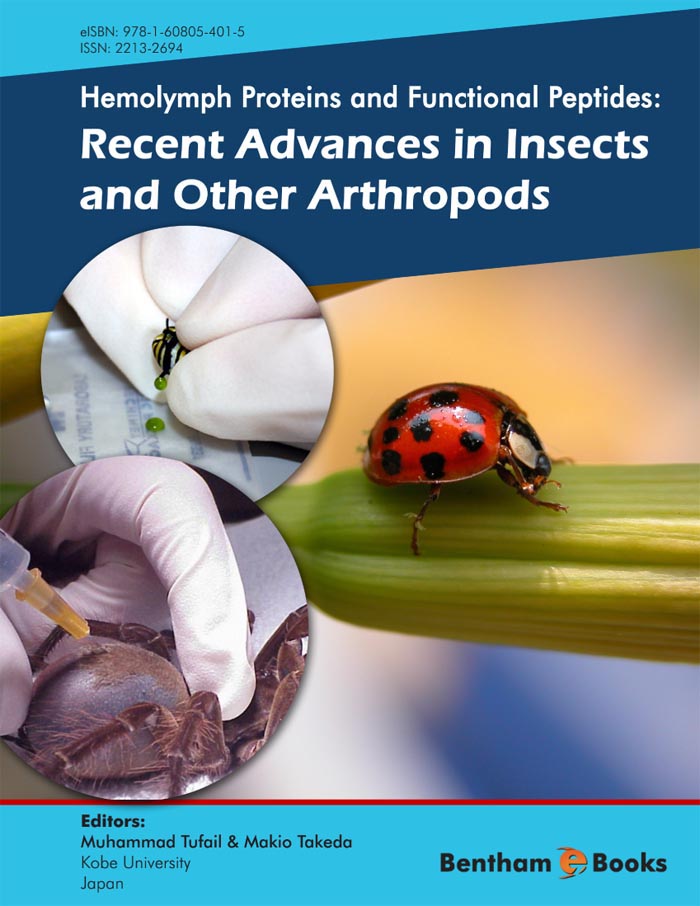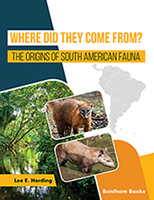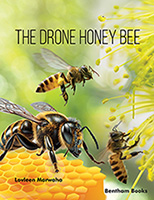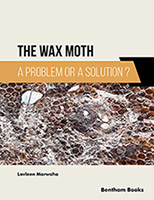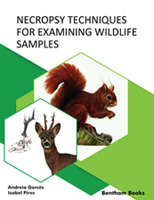Preface
The aim of this eBook “Hemolymph Proteins and Functional Peptides: Recent Advances in Insects and Other arthropods” is to elucidate physiological roles, both at biochemical and molecular levels, of hemolymph proteins and functional peptides in reproduction, growth, development, and in immune system of insects and other arthropods. Recent molecular studies have revealed the importance of hemolymph proteins and functional peptides in physiological adaptations both in arthropods and vertebrates. These lineages share the common genes and mechanisms for equivalent functions, such as immune system, morphogenesis and biological clock to name a few and sometimes equivalent gene functions can be interchangeable between the two lineages, for example Pax6/eyeless, though their overall structures look, at least superficially, very different. Here resides one need of comparative study. While, however, in the vertebrate side this is well worked out, no inclusive textbook for hemplymph proteins and peptides has yet been published in the arthropod side. Second, sometimes the same family proteins and peptides are used in completely different manners from each phylogenic lineage but also within the same lineage. Also, multifunctional peptides are known, such as allatostatins, tachykinins, NPFs, CCAP etc. This book should provide a useful catalog for related proteins and peptides deployed for different ends, for example in the case of vitellogenin, lipophorin, mammalian lipid transporters and von Wibrant factor. This should be enjoyable to evolutionary-minded readers. We believe this book will be equally interesting for the students and scholars engaged in entomology, zoology, physiology and biochemistry, working in universities and other research institutions. This book provides comprehensive reviews of critical hemolymph proteins and functional peptides across a wide range of taxa. This book is the first of its kind as it deals with a wide range of molecules such as lipoproteins and their receptors, storage proteins, growth/differentiation factors, peptides involved in immune response, hemolymph coagulants, myomodulatory peptides, peptides regulating diuresis/apetite/satiety, neurohormones and second messengers, stress proteins/molecular chaperons, and insulin related peptides. In conclusion, this promotes synergistic interactions among experts/students from various geographic areas around the world, engaged in different subjects.
We are motivated to compile this book upon the retirement of Drs. Sumio Tojo, who have also contributed to this volume, Minoru Yamakawa and Yasuo Chinzei to commemorate their long time contributions. While finalizing this work, a big earthquake and tsunami beyond our imagination attacked the Northeast Japan, and subsequently some nuclear power plants collapsed. At the end, we express our condolence and compassion to the victims. We learned the power of nature this time but we shall show our pride rising again from here. This is our ground zero.
Muhammad Tufail & Makio Takeda
Kobe University
Japan

